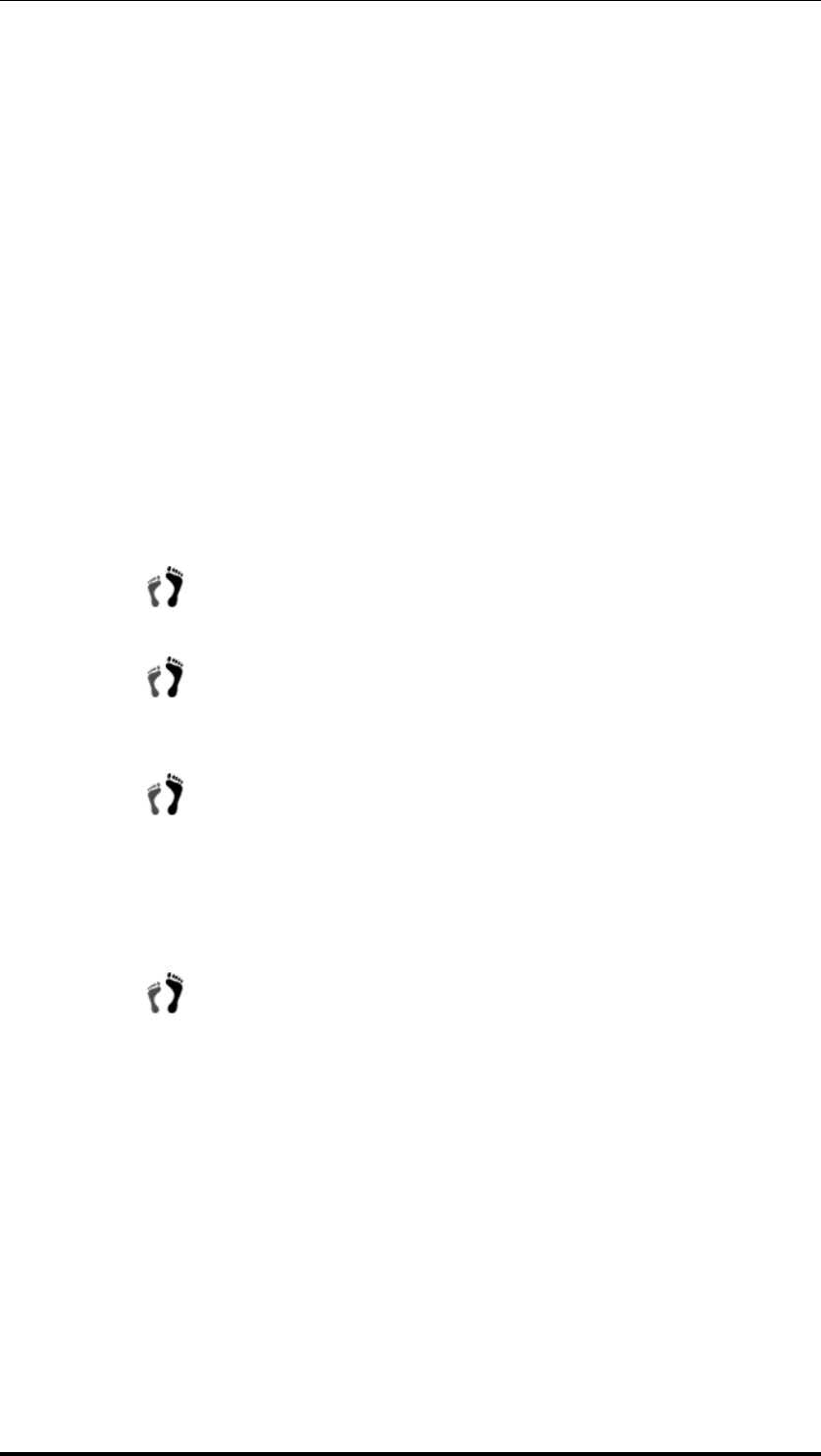
Chapter 5: System Maintenance
5.2.2 Notes on Controller Module Maintenance
• The controller module contains a DIMM module. It is not recommended to re-
use the DIMM module extracted from a failed controller unless you have a
similar RAID subsystem that can be used to test the module. You can contact
your vendor for sending the failed controller in for repair.
• When replacing the controller module, it must be remembered that the controller
board is one of the most sensitive components in the subsystem. All previously
stipulated safety precautions (see Chapter 2) must be strictly adhered to. Failure
to adhere to these precautions can result in permanent damage to the controller
board, resulting in lengthy delays.
• Prior to replacing the controller module, it is imperative for your own safety to
be sure no power is being supplied to the system.
5.2.3 Removing the Controller Module
To remove the controller module:
Step 1. Stop host I/Os or host applications to avoid losing data or causing
data inconsistency.
Step 2. Turn the subsystem power off: If possible power off the subsystem in
the way described in Chapter 4. If it is not possible to do this turn off
both PSU modules and disconnect the power cords.
Step 3. Disconnect all cables: There may be a number of different cables
attached to the controller module. These cables could include SCSI
cables for host connections, an RS-232C (audio jack) cable for serial
port connection, and an Ethernet cable for network connection. Prior
to removing the controller module, all these cables should be
removed.
Step 4. Loosen the retention hand screws: Hard screws are located on both
sides of the RAID controller’s faceplate. Press these screws and use a
Phillips screwdriver to loosen them so that the controller can be
removed from chassis. (See Figure 5- 1)
Replacing Controller Module Components
5-3


















